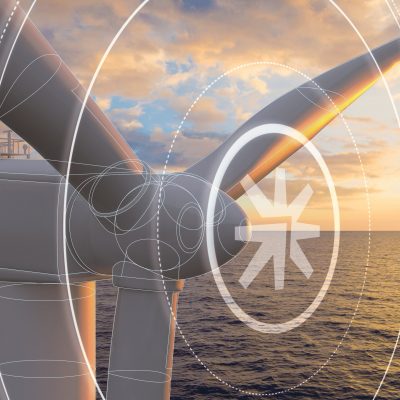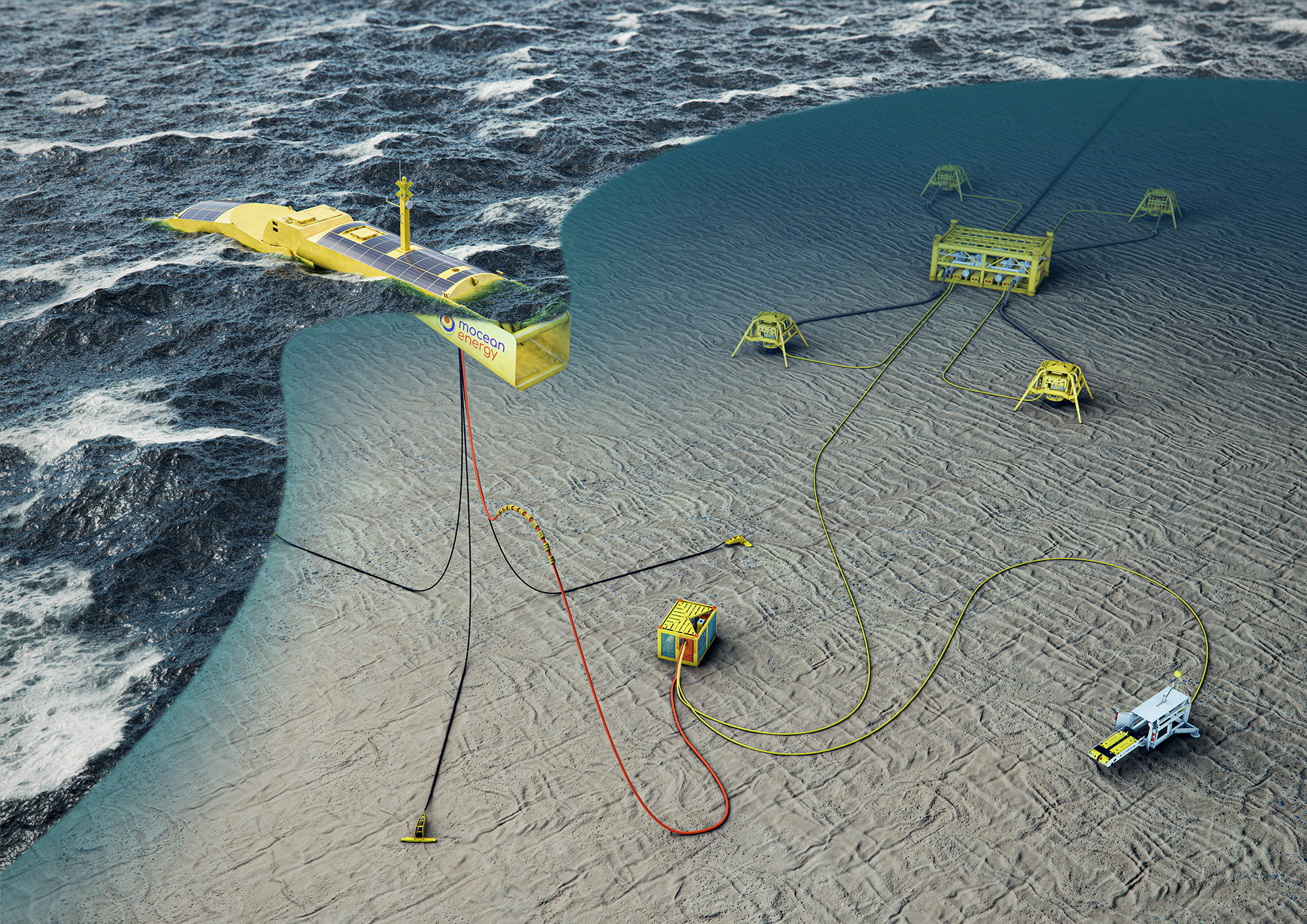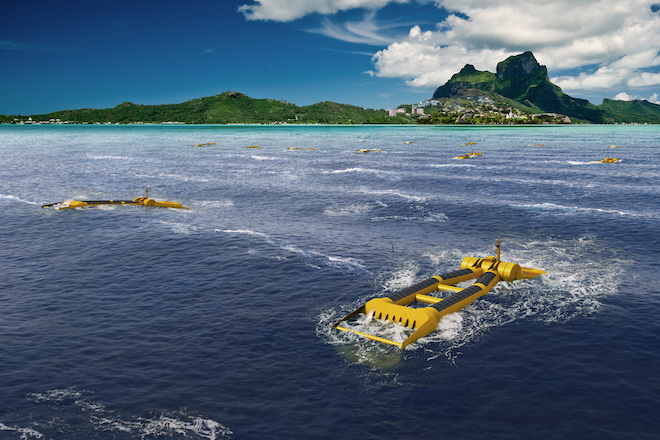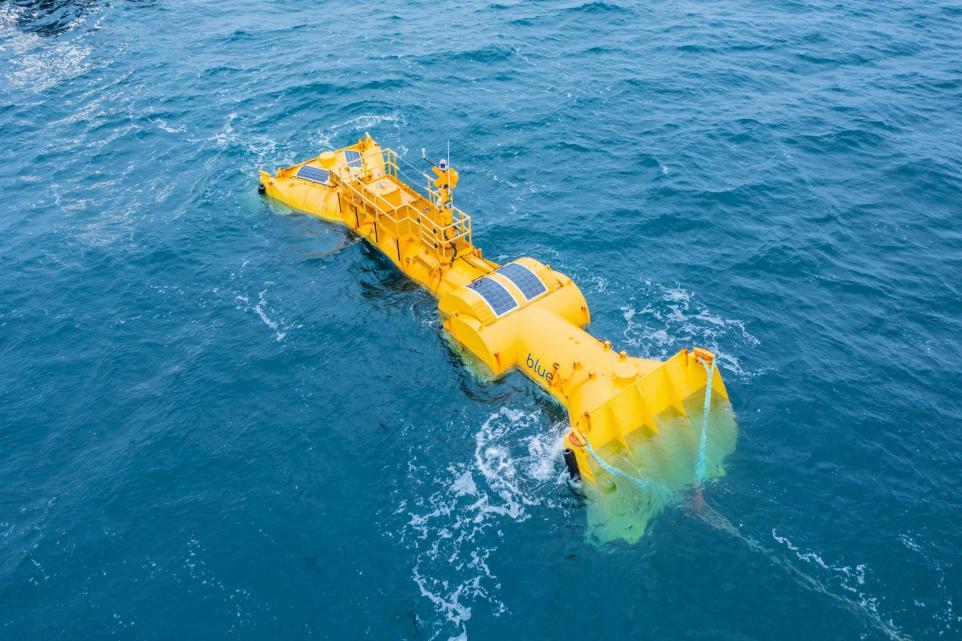Harnessing wave energy to produce power for Oil and Gas installations
Project Summary
The most recent data (2020) from the UK Department for Business, Energy and Industrial Strategy’s (‘BEIS’s) Environmental Emissions and Monitoring System (‘EEMS’) show that out of 125 facilities on the UKCS, the majority were powered by gas supplemented with some diesel. Thirty-four facilities were powered fully by diesel fuel. With nearly 70% of the industry Green House Gas (GHG) emissions (roughly 19.0 Mt CO2 per annum) associated with on-site power generation, electrification of energy intensive equipment offshore and in terminals is critical for emissions reduction.
Repurposing offshore structures slated for decommissioning and using them to harness wave energy to produce electricity for oil and gas platforms presents the Oil and Gas industry with an opportunity to reduce carbon emissions, reduce costs and generate new economic value from decommissioned assets.
Project overview:
Sealand Projects Ltd developed the concept of a “point absorber” wave energy device, making use of existing offshore oil and gas jacket structures from decommissioned assets as a key part of its design.
This project focused on testing and gathering data to explore the feasibility of deploying the device offshore, how it might be scaled for different uses and what the next steps of its development could or should be. The project also produced a road map detailing the development through TRL levels and possible route to commercialisation including the activities required to achieve this.
The study was inconclusive as to how much power could be generated by the device. More work is required to fully understand how the device could perform, how it should be deployed offshore for maximum effect and how best to operate it.
Industry value:
As a result of this project, the wave energy device was not validated as a scalable, reliable source of wave energy power as a result of this round of testing. During discussions with TWEFDA Ltd, it was concluded that the device could not be mounted on a repurposed steel jacket or concrete structure – due to the liability involved. The survivability of the device was also briefly assessed and concerns were raised that the wave horizontal impact loads would damage the structure and mechanical components.
Lessons learned:
Following study data analysis, including a combined review of the data by the University of Aberdeen and Wave Energy Scotland, it was recommended that the device should be scaled down to suit the prevailing wave regime in the North Sea. Further tank testing will be required to validate the device’s power output potential.
The main feature of the device was that it could be used on repurposed offshore installations. Through discussions it was concluded that this was not the case – due to the liability involved.
Let's work together
"Required" indicates required fields



